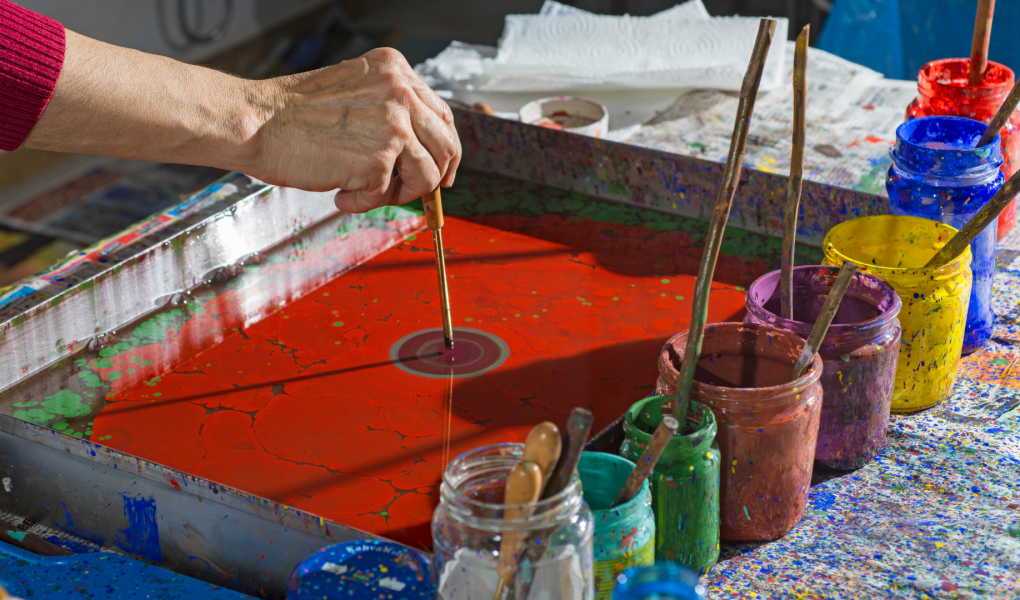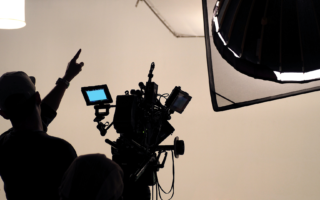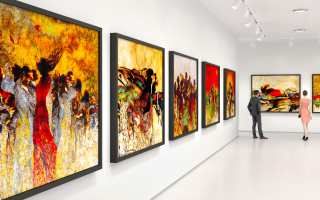Marbling is a technique used to create a multi-layered, textured fabric. The effect is similar to that of a watercolour painting but more complex in that the coloured layers are created using an acid-based solution to transform the paper into a resist applied to the fabric. The result largely depends on the type of ink you use, the quality of paper, and even how you cut your paper.
What is paper marbling?
Paper marbling is an art technique that involves painting coloured water onto a sheet of paper and then allowing the sheet to dry with agitated water on top. The result is a pretty pattern that gets prettier with each drying and washing cycle. (We use all-natural marbling colours for the actual design.)
The popularity of paper marbling has soared in recent years, but with it has come to a lot of misinformation. In a recent series of interviews on the subject, the art world’s leading experts on the process of marbling paper have dispelled some old myths while explaining how to make the most of the process without breaking the bank.
Here are some easy paper marbling techniques:
- Ready the paper.
Easily the most challenging DIY project, paper marbling is a process where you create a picture by rolling a thin layer of paper in water, which fills the channels in the paper. To begin, you must prepare your paper by laying out your paper on a flat surface and cutting it into your desired shape. For example: if you want to create a picture of a dragon, you would cut a piece of paper to be the length of your arm, then cut a piece of paper twice that length for the wings, then cut one small strip of paper for the tail.
- Prepare the water bath.
The easiest method of marbling paper is to use water. You can use tap water, distilled water, or even ice water. You need to put the paper in the water and then put the water in a Styrofoam cup. You will want to put the Styrofoam cup in a sink and soak the paper in the water until the paper is saturated. You don’t want the paper to float, and you will want to make sure it is completely submerged. If the water isn’t completely saturated, you will have to repeat the process. The key is to make sure that the water is completely submerged.
- Include a dispersant to the water bath.
The water bath is a traditional method of marbling paper, in which a thick layer of paper is dipped into a liquid medium. However, most people find it difficult to understand how to dip their paper in the bath. If you use the wrong method, you may damage your paper marbling board, and the marbling will be ruined.
- Pick out your favourite colours of acrylic paints and squeeze them into cups. Then include diluted paint in the water bath.
Acrylic paints come in a wide range of colours: solid colours, pastels, or mixed media. While it is easy to pick up an assortment of colours, it is hard to mix colours evenly. This is because most paints have a solvent in them that allows the colours to dissolve into the base material. The solvent evaporates over time, leaving the colours behind, but without all the solvents. Once the solvent has evaporated, the colours will not mix as easily. And if you add too much colour, it will separate or “fold” into layers.
- And now it is time to marble.
How to marble is a popular arts question. Experts on the subject can be found in every corner of the internet, but the one thing they always agree upon is: it is hard to marble. The hardest part of sculpting in marbling is to stay consistent. To learn how to marble, you first have to be able to carve, and carve is exactly what every artist who tries marbling never really learns.
Want to make your paper marbles? They’re not hard to make, and they’re a fun project to tackle with some friends, family, or even by yourself. You only need a few supplies: paper, some water, baking soda, rice, and a strainer. Paper marbles are simply strips of paper and can range in size from half an inch to three inches long. The edges are left uncut so that you can make your marbles any shape. And marbles can be made in one of three styles: tracer marbles, which trace the outlines of images; pendant marbles, which hang from a ring; and boudoir marbles, which are small and round.




